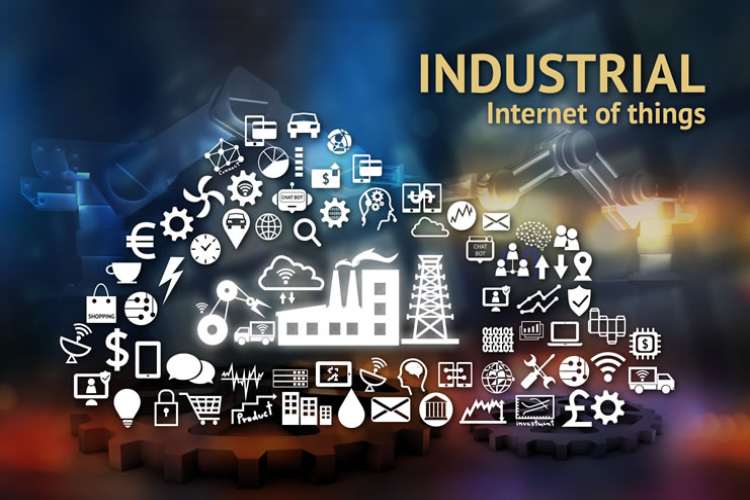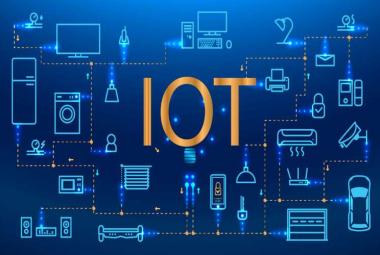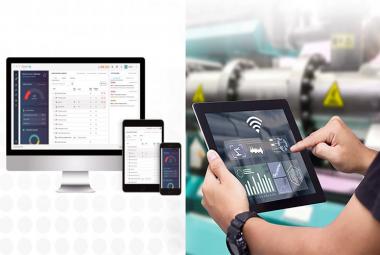In an industry 5.0 will be a reality when digital transformation is incorporated. Then, it can bring a lot of benefits for the organizations
Industry 5.0 is all about the transformational aspect of the industry, which is completely centered on amalgamation of sophisticated technologies coupled with the human potential to improve both the well-being of the employees and productivity. It is created out of the productivity targets and efficiency of industry 4.0. Industrial IoT (IIoT) is a very crucial technology that helps businesses continuously to adopt digital transformation to enable industry 5.0.
In an industry 5.0 will be a reality when digital transformation is incorporated. Then, it can bring a lot of benefits for the organizations. For instance, when factories are furnished with Iot, it can help in intelligence and supervision backed by manufacturing automation and robotics. It helps in performing those operations, which can be done by a human workforce only, which ultimately escalates costs and raises concerns of the worker’s safety. Reducing an organization’s manufacturing footprint drives sustainability; for example, enhanced preventive maintenance extends the life of manufacturing equipment, thereby increasing equipment uptime, reducing material waste, and lowering overall costs.
In a media interaction, Donna Moore, CEO and Chairwoman, LoRa Alliance, said "When looking at manufacturing and industry, enterprises are seeking insights into the people, devices, supplies, and equipment in their factories, as well as facility conditions, and applying adaptive intelligence to drive benefits like efficiency, better safety, increased productivity, and enhanced worker utilization. IIoT involves deploying the ability to monitor, measure, obtain, and analyze data and ultimately use that data to continuously optimize processes, equipment, and the work environment itself."
"Networking is needed to transmit data and instructions to and from devices, but industrial environments have unique characteristics that may not be optimal for all networking technologies. Frequently, industrial sites are located on large campuses, so the range is important, and they often are built with steel and concrete, which can hamper transmissions. These factors impact technology selection. Another aspect to consider is what you want to measure. From a cost perspective, it makes sense to look for solutions that are right-sized; if you are transmitting small bits of data (which represent the bulk of IIoT applications), low-power wide-area networking (LPWAN) will be considerably more cost-effective than other approaches,” added Donna

















